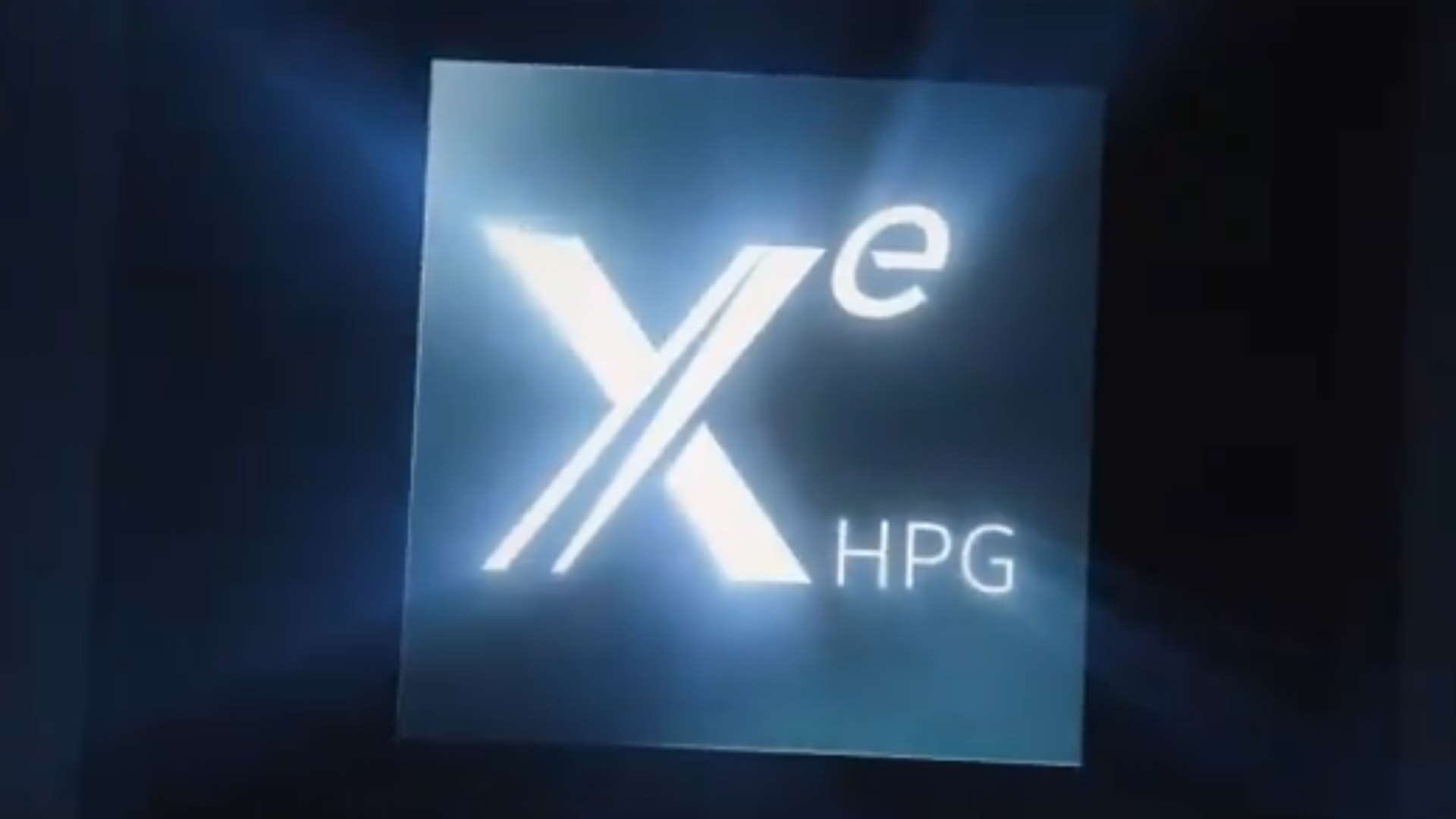New Intel Xe graphics card teased with hidden messages, may be revealed March 23
With Intel Engineering the Future on March 23, there is speculation that the new Xe HPG gaming cards could be announced then.

The discrete graphics card market is, in short, a total fustercluck right now. But salvation might be coming from an unlikely source if Intel's new Xe HPG graphics silicon is able to live up to the hype. A new teaser trailer hit Twitter last night after the GDC 2021 Showcase, showing the old Xe LP graphics chip being melted down and forged anew as the Xe HPG.
Xe HPG microarchitecture teaser = 🍬👀 pic.twitter.com/kdzBokBiW4March 18, 2021
The HPG moniker stands for High Performance Gaming, and relates to the discrete Intel Xe DG2 cards that we're expecting to land in our desktop PCs sometime this year. With a teaser hitting the net, tested GPUs hitting Geekbench, and newly minted Intel CEO, Pat Gelsinger, talking about 'Engineering the Future' in a webcast next week, it's looking like the new graphics card could land sooner rather than later.
Or at the very least, we're going to hear a lot more about them.
There's not a lot to the teaser itself, just a render of a much bigger GPU than its low power (LP) variant, with some speculating that the way the new chip resolves out of a set of cubes, in five layers, indicates that it's five times the specs of the melted down Xe LP chip it sits upon.
That seems like a bit of a stretch given what we've seen recently, but it turns out over-analysing the teaser is paying off.
Hidden messages? Videocardz highlighted a section of binary code in the clip that appears as the Xe HPG chip resolves, and it turns out that decoding it uncovers an IP address which leads to xehpg.com and the Xe HPG Scavenger Hunt, which kicks off on March 26.
Where you'll find the secret code that needs to be entered once the site goes properly live next Friday is still a mystery. Potentially it will be hidden somewhere in the Intel Unleashed webcast on March 23 as Gelsinger talks about the engineering future of the company.
Keep up to date with the most important stories and the best deals, as picked by the PC Gamer team.

It's looking increasingly likely that this event is going to include significant details about the Intel graphics cards, and fingers crossed they're all they're cracked up to be, because we desperately need some other options right now. (And let's hope they're as dreadful for GPU mining as they are good for gaming.)
In terms of what we do know, the 512 EU (execution unit) version of the Intel Xe HPG has popped up on the Geekbench database (via TUM_APISAK), which is expected to be the top version of the new discrete graphics card. There are potentially six different Xe HPG SKUs, with different numbers of EU. Intel's execution units are roughly analogous to Nvidia's CUDA cores and AMD's RDNA 2 cores, but they're not exactly alike.
Each EU has a pair of arithmetic logic units (ALUs) inside, which are able to process four floating point or integer operations per clock cycle, making them somewhat akin to eight stream processors/CUDA cores/RDNA 2 cores. So, with 512 EU you get 4,096 potential FP32, which is effectively equivalent to what Nvidia refers to as its graphics 'cores'.
Geekbench isn't that effective a signifier of gaming performance, but it does give us a maximum clock speed figure which could be interesting. At 1.8GHz the Xe HPG has the potential to deliver 14.75 TFLOPS of raw processing power, which would put it somewhere around the Radeon RX 6700 XT and GeForce RTX 3060 Ti in terms of straight performance.
The listing also shows 12.6GB of graphics memory, which seems a little confusing given that's an odd amount, but does hint that Intel could be stuffing a decent amount of VRAM on the new card.
Without any firm performance details until we get a full reveal it's tough to say exactly how it will perform, but if Intel's top Xe HPG is able to hit the same gaming frame rates as an Nvidia and AMD GPU in the $400 - $500 range then that would be an incredible start for the team's inaugural discrete gaming cards.
Fingers crossed they're priced more aggressively than the upcoming Rocket Lake CPUs.

Dave has been gaming since the days of Zaxxon and Lady Bug on the Colecovision, and code books for the Commodore Vic 20 (Death Race 2000!). He built his first gaming PC at the tender age of 16, and finally finished bug-fixing the Cyrix-based system around a year later. When he dropped it out of the window. He first started writing for Official PlayStation Magazine and Xbox World many decades ago, then moved onto PC Format full-time, then PC Gamer, TechRadar, and T3 among others. Now he's back, writing about the nightmarish graphics card market, CPUs with more cores than sense, gaming laptops hotter than the sun, and SSDs more capacious than a Cybertruck.

